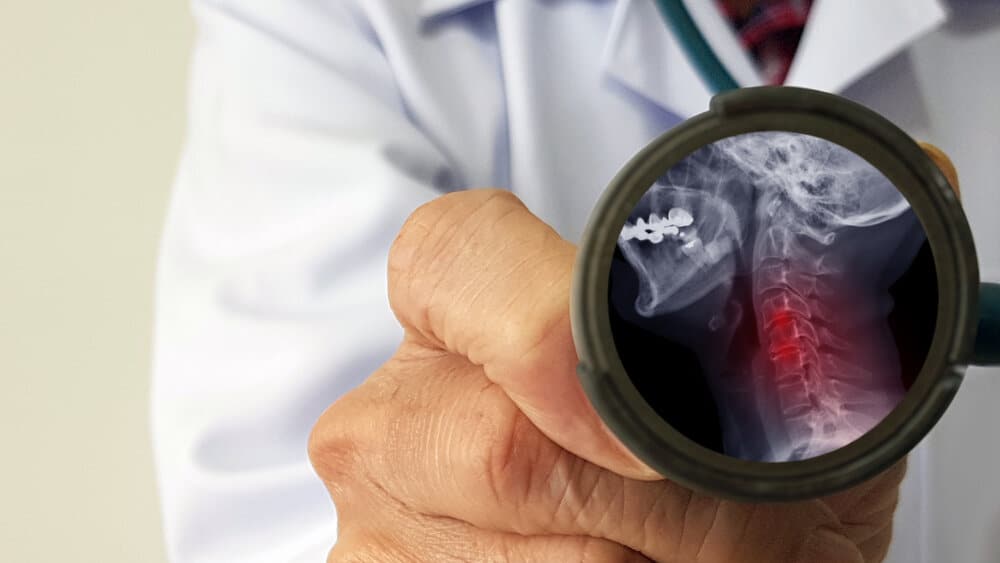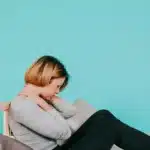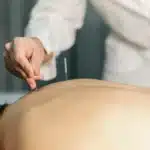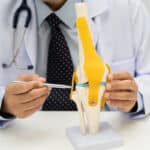
Spinal stenosis is a narrowing of the spaces within your spine, which can put pressure on the nerves that travel through it. In the lower back and the spine, spinal stenosis occurs more frequently. There may not be signs for certain persons with spinal stenosis. Pressure, tingling, numbness, and muscle weakness can be experienced by others. Symptoms can worsen over time. Most commonly, spinal stenosis is caused by wear-and-tear in the spine. Physicians or back and spine specialists may suggest surgery to create extra space for the spinal cord or nerves in serious cases of spinal stenosis.
Types of Spinal Stenosis
The types of spinal stenosis are categorized according to where the disorder resides on the spine. Having more than one type is possible. The following are the two major forms of spinal stenosis:
- Cervical stenosis – Narrowing of the spine in your neck happens in this state.
- Lumbar stenosis – Narrowing of the spine in your lower back occurs in this state. It’s the most common type of spinal stenosis.
Symptoms
In the neck (cervical spine) (cervical spine)
- Tingling and numbness in hand, feet, arm or leg
- Weak hand, arm, foot or leg
- Walking and balancing problems
- Neck pain
- Bowel or bladder dysfunction in serious cases (urinary urgency and incontinence)
In the lower back, in the back (lumbar spine)
- Numbness in a foot or leg or tingling
- Weakness in a leg or foot
- When you stand for long periods of time or when you walk, pain or cramping in one or both legs, which normally eases when you lean forward or sit
- Pain in the back
Causes
One of the most common causes of spinal stenosis is the symptoms of osteoarthritis. The wear and tear of your bones and joints will cause your spinal column to narrow, resulting in symptoms worsening over time. The following several other causes:
1. Spinal Injury
If you’ve ever been involved in a serious car accident, the spinal canal may be affected by dislocations or fractures in the vertebrae or displaced bone. Recent back surgery can likewise cause swelling that puts pressure on those nerves.
2. Disc Herniation
In your back, the discs in your vertebrae act as cushions and shock absorbers. Age can cause drying and cracking of these discs, which can allow the soft inner material to escape. Your spinal cord or other nerves may be under strain due to a herniated disc.
3. Tumors
Tumors can develop within the spinal cord and in the space between the spinal cord and the vertebrae, but they are rare.
4. Thickened Ligaments
Your ligaments can become rigid, thick, tough, or thick as you age. In the spinal canal, ligaments close to your spine can bulge, causing strain.
Treatments
There are different treatment options available for spinal stenosis. Some of the common options are physical therapy, nerve root block, and cortisone injections. Once you see a back pain doctor in OKC, he will take early steps in order to relieve your pain. When these treatment options fail to make an impact, your doctor may recommend surgery.
Your back specialist doctor can prescribe various medications to assist with the pain and other symptoms, depending on the severity of your situation.
1. Medicines
- Pain can be improved by daily pain relievers such as acetaminophen, ibuprofen, and naproxen. Generally, these are used for short-term use.
- Often effective for pain are certain antidepressants and anti-seizure drugs.
2. Physical Treatment
- Your muscles are at the disadvantage of becoming weaker, particularly if you have become less active because of your pain. This might cause even more pain.
- You can learn practical exercises from a physical therapist that can help you retain flexibility and develop strength and stamina. You can also get spinal cord stimulator implants.
3. The Injections of Steroids
Steroid injections can help alleviate and relieve some pain from inflammation. This does not work for everybody and just a couple of injections per year would be recommended by your doctor.
Call us for a consultation with a back specialist.
**Disclaimer: This content should not be considered medical advice and does not imply a doctor-patient relationship.






